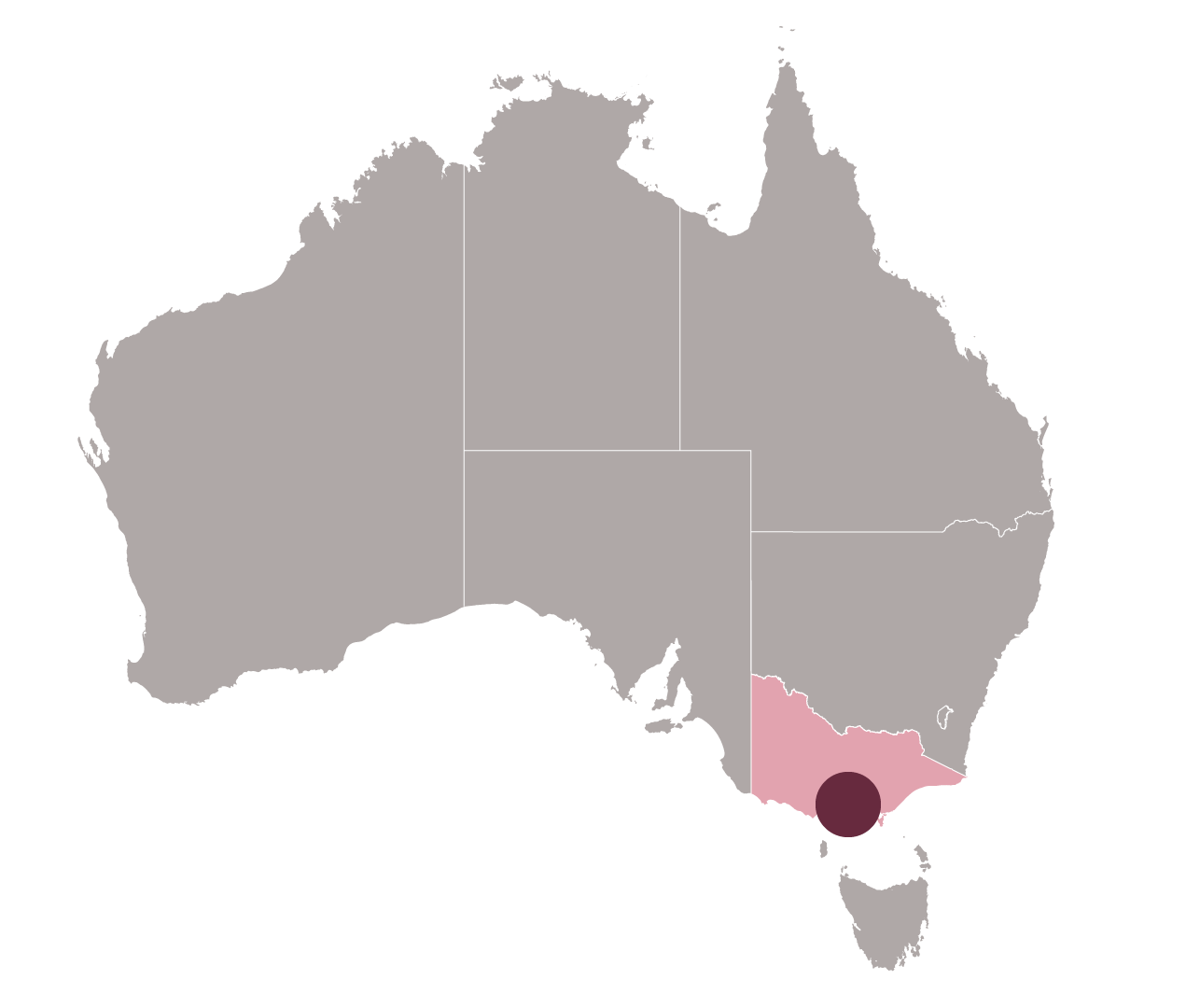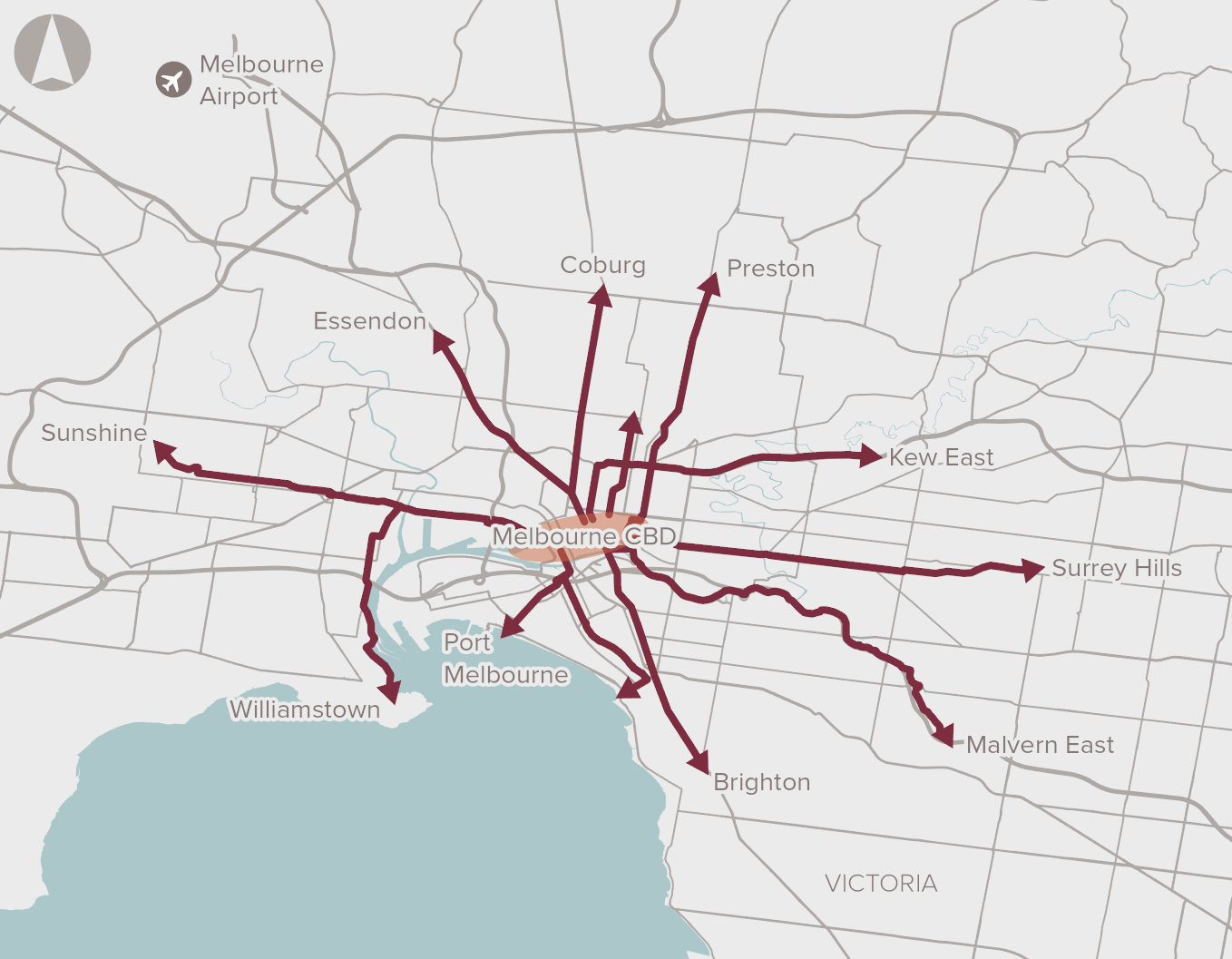Cycling access to Melbourne CBD


Inner Melbourne has the highest bicycle mode share in Victoria. However, there is substantial latent demand for cycling, with people choosing not to cycle because of safety concerns due to routes that are not connected and/or have poor separation from traffic.
Provision of dedicated cycling infrastructure for key cycling corridors in Inner Melbourne would encourage more people to cycle, ease congestion and pollution, and reduce the risk of conflict between road users. Dedicated cycling/shared use infrastructure might also encourage greater uptake of micro-mobility options like e-scooters.
Recent research has revealed that most Victorians own and ride bicycles, but they don’t cycle for transport, or into the Melbourne CBD for employment, because the bicycle network is not currently meeting community needs and expectations of a safer, lower-stress and better-connected network. A strategic, holistic approach to improving dedicated cycling infrastructure is required.
The proposal involves the provision of dedicated cycling infrastructure for key routes in Inner Melbourne to reduce congestion and improve safety and health outcomes.
Proponent to identify and analyse potential investment options (Stage 2 of Infrastructure Australia’s Assessment Framework).
Refer to Infrastructure Glossary for terms and definitions.